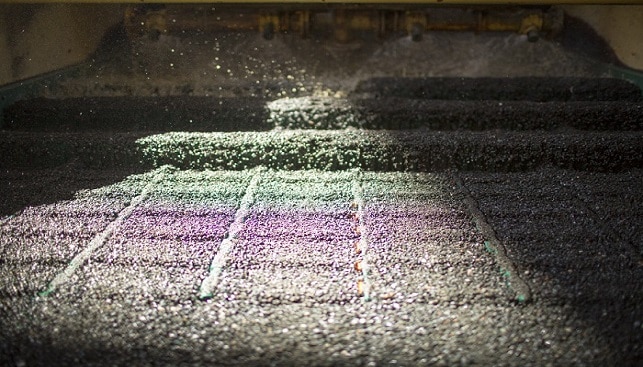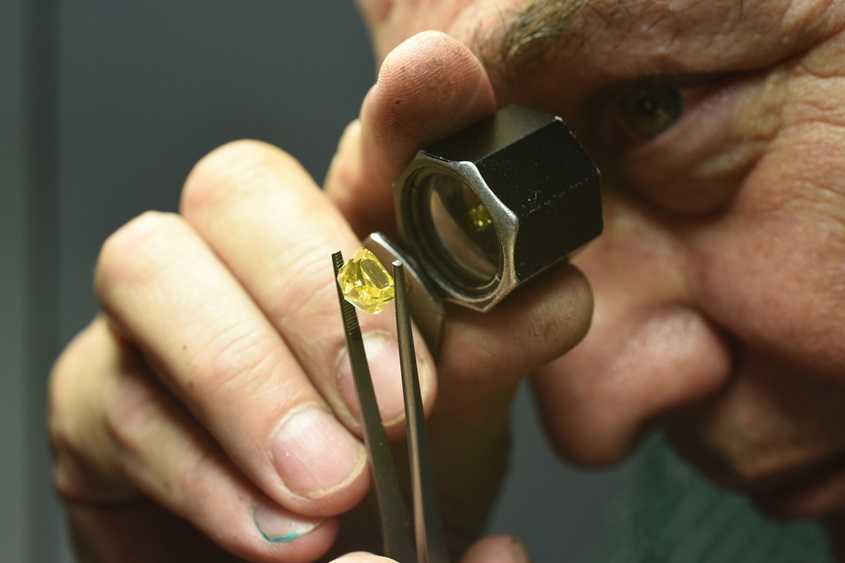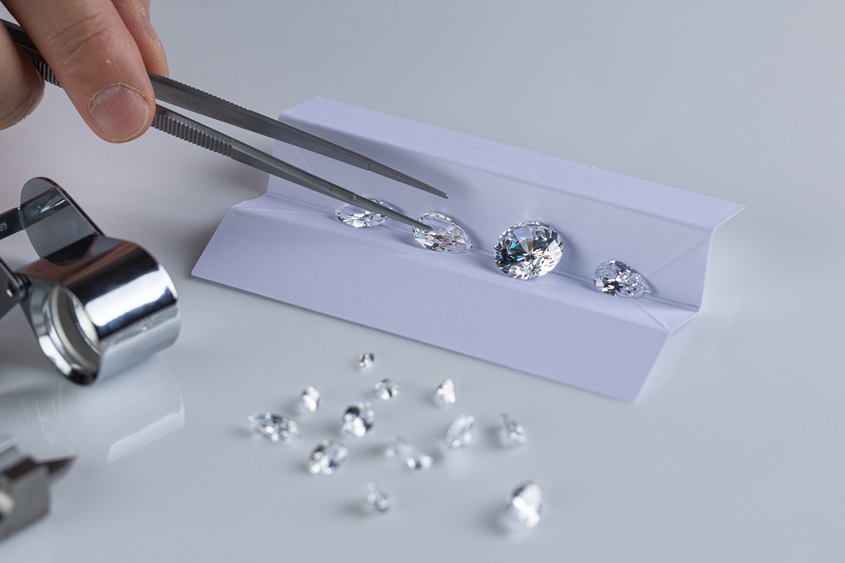By the time they arrive on your finger, earlobe, or other extremity, natural diamonds are indistinguishable from one another. But for firms searching for rough stones, diamonds are divided into two types of deposits: primary and secondary.
Once diamonds are formed under intense pressure deep underground, they are carried to the surface – or at least relatively close to it – by kimberlites. The diamonds found within these ore aggregates are called primary deposits.
However, once they are at or near the surface, the flow of water over the rocks in which they are contained may form fissures, permitting the stones to seep out and be carried downstream or along the ocean floor. These alluvial and marine deposits are known as secondary deposits.













